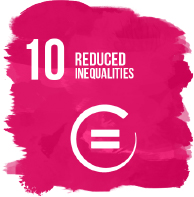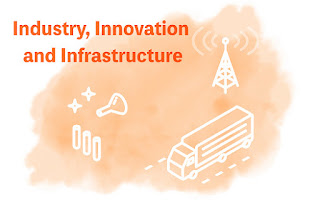Sustainable Development Goals 12: Responsible Consumption and Production

Ensure sustainable consumption and production patterns A rising global population mixed with irresponsible resource usage is causing chaos in our world, hastening climate change, destroying ecosystems, and increasing pollution levels. Approximately 14% of the world's food is lost in the supply chain before reaching the retail level. Every minute, 1 million plastic drinking bottles are purchased throughout the world, and 5 trillion single-use plastic bags are discarded. Between 2000 and 2017, the global material footprint rose by 70%. However, today is a once-in-a-generation chance to establish a COVID-19 recovery strategy that will help us build sustainable and resilient economies and society. It's past time to completely embrace decoupling economic growth from environmental deterioration, carbon reduction, resource efficiency improvements, and the promotion of sustainable lifestyles. Electric waste is not being disposed of correctly despite increasing rapidly in number T...










